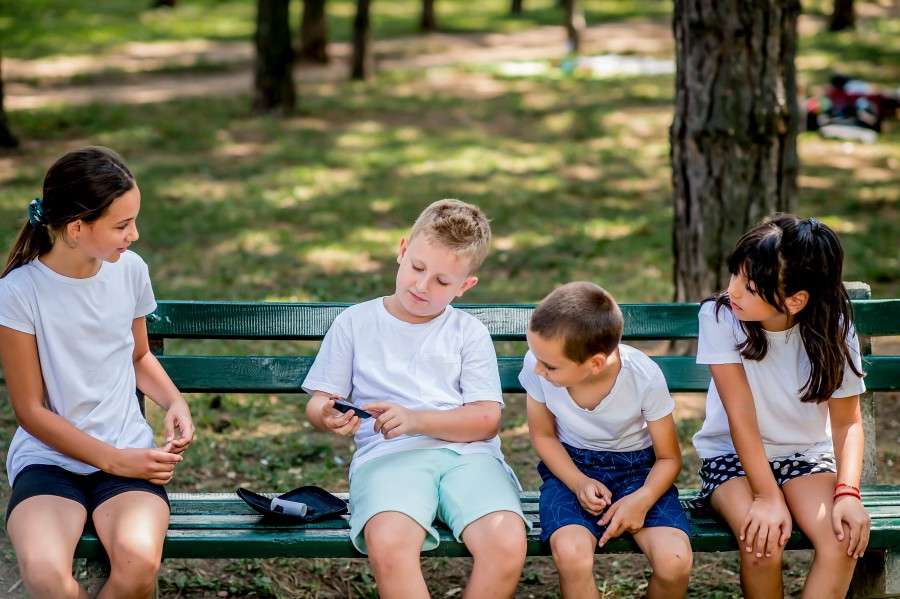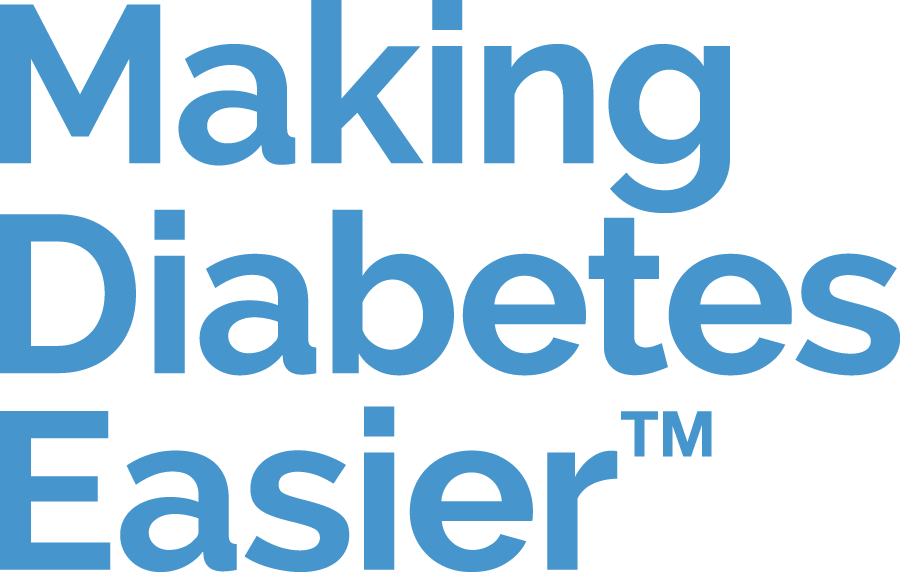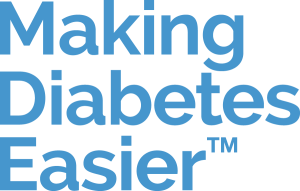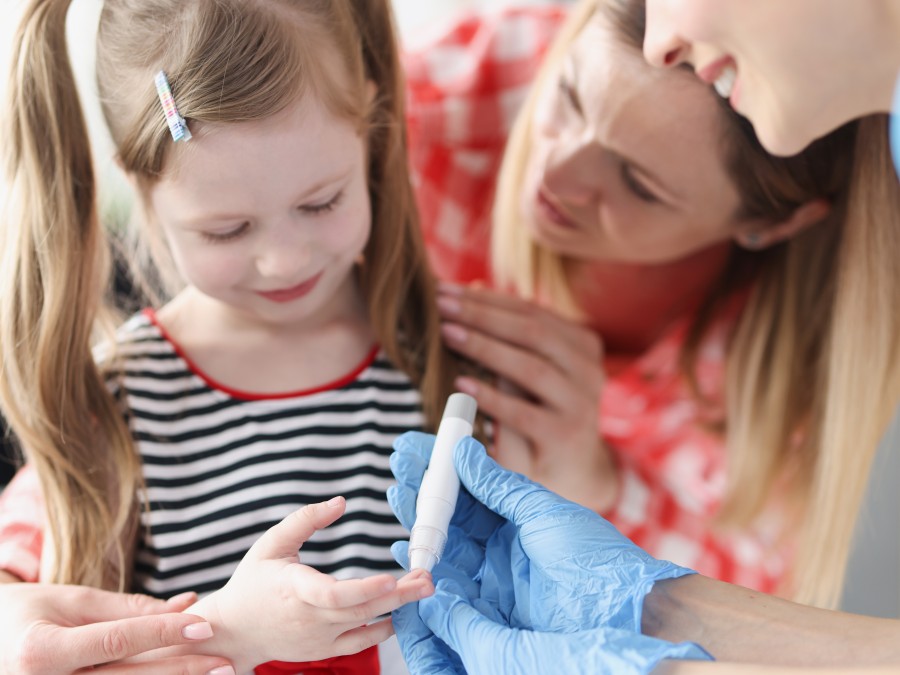How to recognise and treat hypoglycaemia in children

How to recognise and treat hypoglycaemia in children
Hypoglycaemia occurs when levels of glucose (sugar) in the blood drop below an optimal level. It is one of the most common complications of type 1 diabetes in children.
Hypoglycaemia is of particular concern in children because it may influence cognitive development (especially with early-onset type 1 diabetes) and can be a distressing experience for both children and their families. That’s why understanding how to preventing and treat hypoglycaemia is a key foundation for diabetes management.
If your child has diabetes, you may have questions or concerns about recognising hypoglycaemia — commonly called ‘hypos’.
In this article, we look at what hypoglycaemia in children looks like, what to do when it happens, and how to ensure that your child is taken care of when you are not there, such as at school.
Signs & symptoms of hypoglycaemia in children
Being able to recognise the signs and symptoms of hypoglycaemia in children can help you to intervene early to prevent or treat hypoglycaemia.
Hypoglycaemia is usually divided into mild hypoglycaemia and severe hypoglycaemia.
Mild hypoglycaemia
When mild hypoglycaemia occurs it can be possible for the person to recognise it themselves and self-treat without help from others but children may need additional assistance.
In mild hypoglycaemia, blood glucose levels are equal to or drop below 3.9 mmol/L (70mg/dL).
However, the threshold at which a child starts to show hypoglycaemia symptoms varies from individual to individual.
Symptoms of mild hypoglycaemia include:
-
Behavioural symptoms: becoming lethargic, confused, unable to concentrate, vague, uncoordinated, irritable, nervous, or aggressive
-
Change in appearance: looking shaky, sweaty, pale, sleepy, or having an unsteady walk
-
Feeling headachey or weak, dizzy, having blurred or double vision
-
Feeling hungry or nauseated
-
Having a rapid heart rate
Young children may not be able to recognise the symptoms of low blood glucose themselves, which is why knowing what to look for in children is important. They may need assistance to treat it.
Severe hypoglycaemia
Severe hypoglycaemia is when the child loses consciousness or has a low blood glucose-induced seizure and/or cannot help or treat themselves.
Signs of severe hypoglycaemia may include:
-
Being unable to swallow
-
Having seizures or convulsions
-
Loss of consciousness
Severe hypoglycaemia is the most immediate danger to children with diabetes and this is an emergency.
What might cause hypoglycaemia?
Some of the main causes of hypoglycaemia include:
-
Delaying or skipping meals or snacks
-
Exercising at a higher intensity or duration than planned
-
Not eating enough carbs
-
Administering too much insulin
-
Hormonal changes
-
A combination of the above factors
Sometimes the cause of hypoglycaemia is simply unknown. This can be very frustrating for children, caregivers, and school staff when all efforts are made to avoid hypoglycaemia, but it's important to understand that treating the hypo is the most important thing.
How to treat a hypo in children
A crucial thing to remember when treating hypoglycaemia is to never leave the child alone.
Severe hypoglycaemia is a medical emergency. If the child is unconscious or having a seizure, seek medical assistance and call an ambulance immediately.
If the child has symptoms of mild hypoglycaemia, give them fast-acting glucose or their chosen hypo snack immediately. The type and amount depend on what works best for your child and their blood glucose levels.
Fast-acting carbohydrates could be:
-
A glass of fruit juice like orange juice or a full sugar fizzy drink like Coca-Cola
-
Some jelly babies or jelly beans
-
Glucose tablets or gels
-
Glucose juice
You should check BG levels 10-15 minutes after a hypo treatment is given and if the levels are still low, try more fast-acting carbohydrates and retest again after 10 minutes.
Always continue monitoring their glucose levels during and after a hypo, this will also help to understand how a hypo treatment works.
After treatment for hypoglycaemia, your child may need to eat a little bit more to stop their levels from going down again. You should consider a slower-acting carbohydrate in this instance such as cereal, a sandwich, fruit or a glass of milk.
Hypoglycaemia management tips — for when you’re not there
As a parent or carer, there may be times when your child has hypoglycaemia when you are not there. Instead, their teacher, childminder or other guardian may have to treat hypoglycaemia in your absence. For those moments, it is best to be prepared and have an action plan in place.
Here are some tips:
-
Let your child’s teacher or childminder know the usual signs that your child’s blood glucose is low, so they know what to look out for.
-
Make a diabetes management plan — sometimes known as an ‘individual health care plan’ (IHCP). This plan should be tailored to your child and created by you and your child’s healthcare team. It should include your child’s individualised blood glucose level targets, their usual symptoms of a hypo and how to treat it, blood glucose target ranges before exercising, use of insulin, and so on.
-
The diabetes plan should also include a glucagon supply and instructions for the personalised dose of glucagon that your child needs to treat hypos.
-
It is also recommend that parents ensure their child has a ‘hypo box’ at school. This should be labelled with your child’s name and include glucose monitoring equipment, glucagon, glucose tablets, juice, and other sources of carbs that can manage blood glucose levels when necessary and have it all in one place.
Hypoglycaemia in children — A summary
Hypoglycaemia is a common diabetes complication and a main concern among children with diabetes and their parents or carers. However, there are things you can do to help understand, prevent and treat hypoglycaemia.
In cases of severe hypos, medical assistance and an ambulance must be called.
Having a plan set in advance can help you prevent and effectively manage hypoglycaemia in children and help their schools understand what to do to.
Sources
- Evert AB. Managing hypoglycemia in the school setting. School Nurse News. 2005 Nov;22(5):16-20. PMID: 16381430. https://citeseerx.ist.psu.edu/viewdoc/download?doi=10.1.1.617.5285&rep=rep1&type=pdf
- McTavish, L. and Wiltshire, E. Effective treatment of hypoglycemia in children with type 1 diabetes: a randomized controlled clinical trial. Pediatric Diabetes, 12: 381-387, 2011. https://doi.org/10.1111/j.1399-5448.2010.00725.x
- Pocketbook for management of diabetes in childhood and adolescence in under-resourced countries, 2nd edition, International Diabetes Federation, 2017. https://www.idf.org/e-library/guidelines/89-pocketbook-for-management-of-diabetes-in-childhood-and-adolescence-in-under-resourced-countries-2nd-edition.html
- American Diabetes Association, Tips to Help Teachers Keep Kids with Diabetes Safe at School. Accessed April 4, 2022. Available at: https://www.diabetes.org/sites/default/files/2019-06/tipstohelpteacherskeepkidssafeatschool0807%20%283%29-compressed.pdf
- National Institute for Health and Care Excellence (NICE), Hypoglycaemia. Accessed April 4, 2022. Available at: https://bnf.nice.org.uk/treatment-summary/hypoglycaemia.html
- National Institutes of Health / National Library of Medicine. 15/15 rule. Accessed April 4, 2022. Available at: https://medlineplus.gov/ency/imagepages/19815.htm
- Centers for Disease Control and Prevention. Managing Diabetes at School. Accessed April 4, 2022. Available at: https://www.cdc.gov/diabetes/library/features/managing-diabetes-at-school.html





